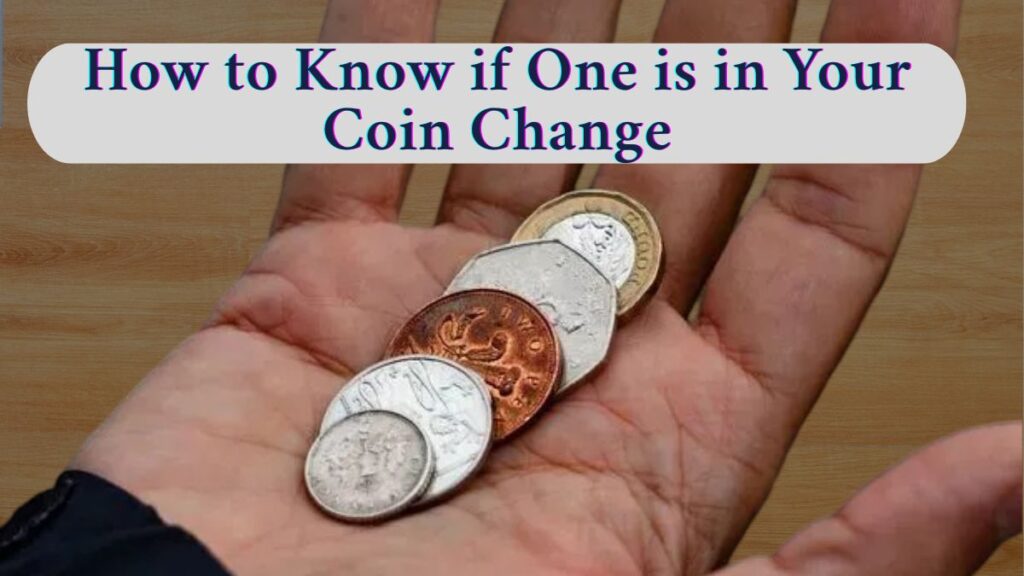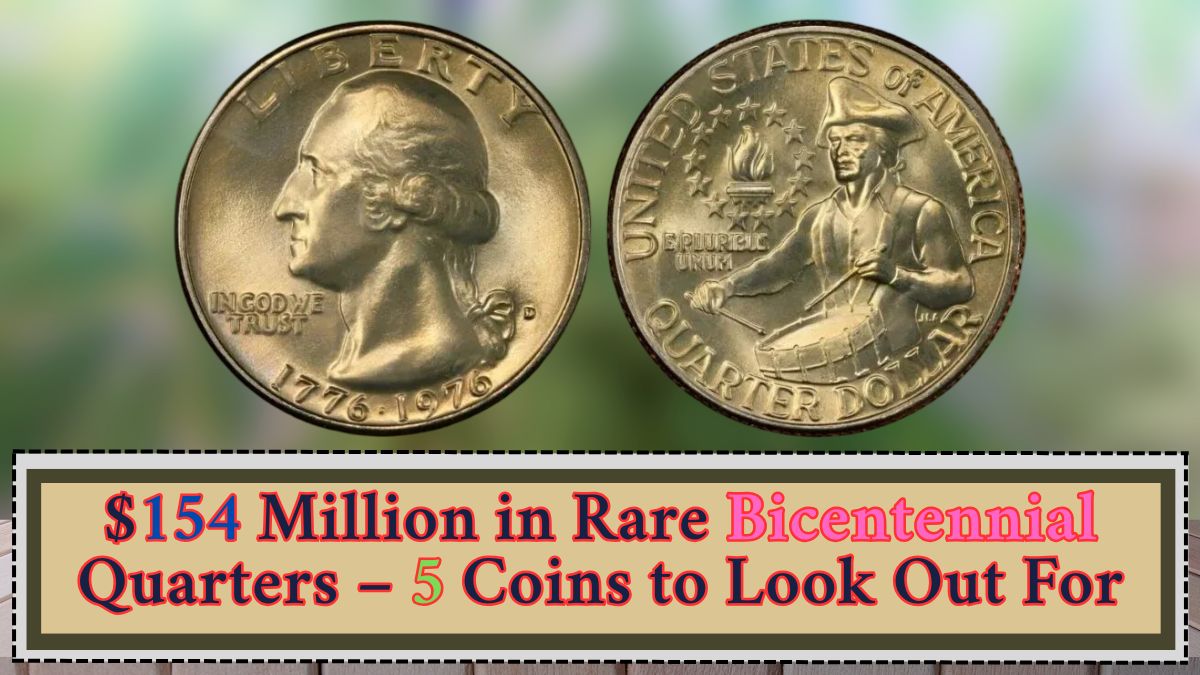Do you by any chance have some loose change handy? It might be time to rummage around once more—since some of those elusive Bicentennial Quarters of 1976 now sell for up to $154 million total! Those quarters that were once so ubiquitous in circulation are now coveted by collectors on the basis of unique characteristics, mint mistakes, and history. Here are five Bicentennial Quarters that will make you wealthy:
1. Double Die Obverse Bicentennial Quarter – $40 Million

The quarter has a double impression on the obverse because the minting process was done incorrectly. The overlaid letters and numbers can be read easily by the naked eye. There are not many people like this in the world, so it is one of the most sought-after quarters in history.
2. Off-Center Strike Bicentennial Quarter – $30 Million
Off-center coins are coin mint flaws. Off-center Bicentennial Quarters that are graded anywhere from a 15–20% off-center strike but retain the complete date and design have sold for millions, even in circulated coins.
[also_read id=”112″]
3. No Mint Mark Bicentennial Quarter (Philadelphia Mint Error) – Approx. $28 Million
All quarters bear a mint place stamped on them except for some 1976 quarters that were mistakenly produced without a mint mark. These quarters, particularly if in mint condition, can be priceless to the right collector.
4. Silver Composition Bicentennial Quarter – Value $26 Million
While the majority of 1976 quarters were made with a copper-nickel alloy, some were produced with 40% silver and sold in collector sets. An uncirculated, perfect Bicentennial Quarter might be worth as much as $26 million.
5. Full Drum Lines Reverse Bicentennial Quarter – Worth $30 Million
The back of the Bicentennial Quarter features a drummer boy. When the lines on the drums are razor sharp and completely visible, it is a marker of an early die strike, and that is always one which collectors love to find. In mint condition, this characteristic could put its value into tens of millions of dollars.
How to Know if One is in Your Coin Change

- Check for mistakes: Off-centering, doubling, or missing mint marks
- Check the back: For clear drum line details
- Look at the edge: Solid edge in silver coins but copper on others
- Condition is important: Most valuable ones are either in proof or uncirculated condition
Last Thoughts:
While most of these quarters are only worth 25 cents, these 5 rare Bicentennial Quarters may be secretly stashed in your piggy bank or wallet—just waiting to be discovered. Begin searching your coins today—$154 million may be near at hand!
[also_read id=”102″]
FAQ’s
Q. Why is the Bicentennial Quarter so valuable?
A. Its value lies in rare minting errors, commemorative silver coins, and coins in mint condition that collectors seek.
Q. How do I determine whether my quarter is silver?
A. Silver quarters ring solid silver around the edge, in contrast to copper-nickel quarters that ring a copper stripe. They will ring when dropped, in contrast to clinking.
Q. Where do I sell a rare Bicentennial Quarter?
A. You can sell through authorized coin dealers, online auctions such as eBay or Heritage Auctions, or coin shows. Have the coin appraised first.
Q. What is a double die quarter?
A. A double die quarter has design elements (such as the date or words) which are struck twice on top of each other, nearly offset. The minting flaw increases its value.
Q. Are all 1976 quarters valuable?
A. No, they’re pretty much wrong face value. Only the special ones that are errors, silver, or mint condition are valuable.
